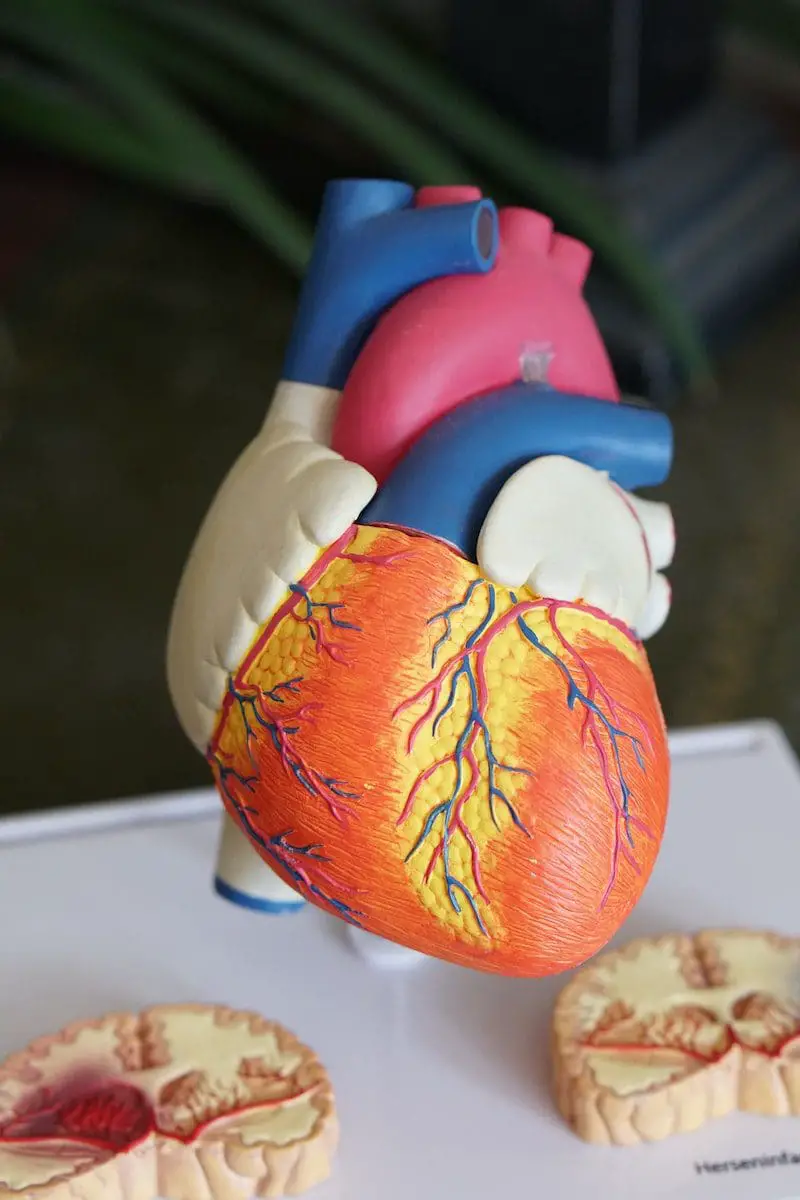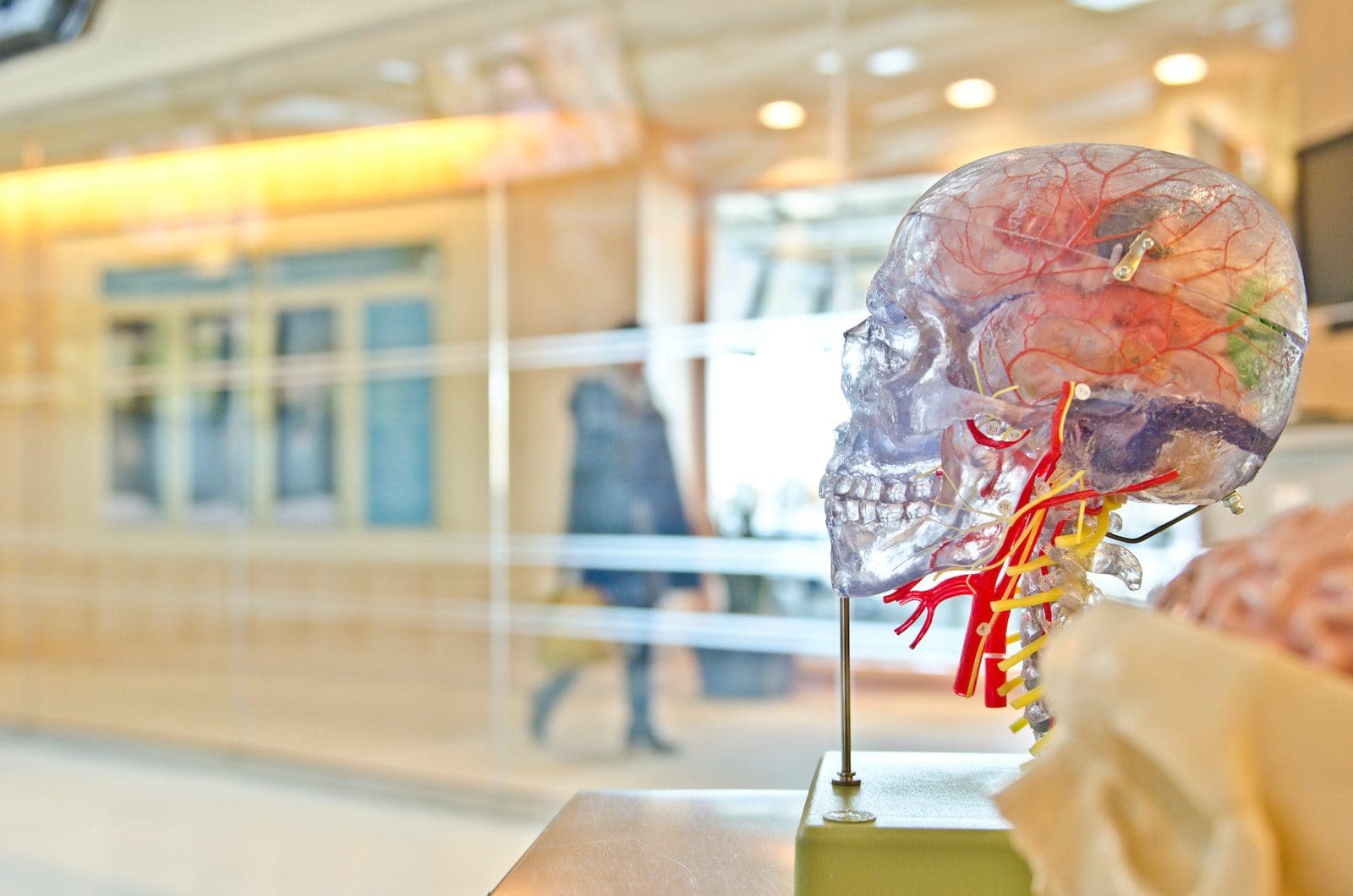The human body is very complex, and there is so much that happens to it. There are no limitations on what can happen and how it did. There are so many possibilities of anything which can happen, such as if someone gets a heart attack, there can be n number of reasons.
Aneurysms and Embolisms can be examples.
Both Aneurysm and Embolism become an obstruction to the blood flow, but there are different reasons for why they happen and what causes it.
Key Takeaways
- An aneurysm is a weakened, bulging area in a blood vessel, while an embolism is a blockage in a blood vessel caused by a foreign object.
- Aneurysms can rupture and cause life-threatening bleeding, while embolisms can lead to tissue death or organ damage due to restricted blood flow.
- Treatment for aneurysms may include surgery or medication to control blood pressure, while embolisms are managed with anticoagulants or surgical intervention.
Aneurysm vs Embolism
An aneurysm is when an artery breaks or twists, further causing bleeding, whereas an embolism blocks blood flow because of a clot. Treatment for embolism is injecting blood thinner to quickly disperse the lump, while the treatment for an aneurysm is mostly surgery or some medication.

An aneurysm is an abnormal dilatation of a blood vessel that is permanent and localized and which results in the weakening of the artery or vessel wall. It can happen due to high blood pressure, sudden trauma, or vascular disorder.
It can cause many difficulties like an upset stomach, difficulties in speaking, vision problems, etc.
Embolism does the same as an Aneurysm that is to obstructs the flow of blood, but it happens due to colts lodging in the blood vessel, which plugs the vessel. Its clots are made up of cholesterol, clomped blood cells, fats, etc.
They can damage any organ, but it mainly happens in the kidneys, brain, heart, or lungs.
Comparison Table
| Parameters of Comparison | Aneurysm | Embolism |
|---|---|---|
| Definition | A bulge or weakening of areas in the artery is known as an Aneurysm which eventually ruptures and causes internal bleeding. | A group of particles made up of fat, cholesterol, clomped blood vessels, which lodged at one place and cut the vital flow of blood. |
| Reason | It happens due to atherosclerosis, and high blood pressure causing arteries to break. | It happens due to the lodging of the particles making a clot and stopping the blood flow. |
| Treatment | It is done by sealing the ruptured blood vessels. | It is done by providing blood-thinning medicines to prevent clot build-up. |
| Causes | It stops the blood flow in the brain or heart due to the twisting or breaking of arteries. | It stops blood flow in the brain or heart due to clots. |
| Body part affected | It can happen in the brain, heart, spleen, lungs, aorta, and anywhere around the circulatory system. | It can happen in all the organs and mainly in the lungs, heart, kidneys, and brain. |
What is Aneurysm?
If one is suffering from Aneurysm, then it means they can have a bulge in the artery or the blood vessels of the wall is weak due to some reasons. There can be several reasons, such as high blood pressure and atherosclerosis, which causes the artery to become weak.
They can happen in blood vessels, but they cause in the aorta, which carries blood from the heart and is connected to the brain, and that can be fatal and serious.
The bulge in the artery can eventually burst. They can become an obstruction to the blood flow. It can cause due to sudden trauma or vascular disorder also. It causes vision problems, speaking difficulties, weakness in limbs, the upsetting of the stomach, etc.
They can be treated using treatments like endovascular coiling and surgical clipping, which both have different ways of sealing the ruptured blood vessels.

What is Embolism?
Embolism is the lodging of the flow of blood due to certain particles called an embolus. The embolus is made up do clomp blood cells, fats, and cholesterol. They can travel anywhere in the body and can damage many organs.
They can reside in one place and become a clot which can become an obstacle for blood to flow.
Their symptoms are dizziness, pain, difficulty in breathing, etc. They can be due to age and genetic problems, who as heart disease, high cholesterol fats, and high blood pressure.
There can be many types of embolism, such as brain embolism, retinal embolism, fat embolism, septic embolism, and many more.
They can be treated by medications such as anticoagulants which prevent forming blood clots, and medicines that can thin the blood from breaking the clot. Moreover, treatment such as thrombolytics can also be done to dissolve the clots.

Main Differences Between Aneurysm and Embolism
- An aneurysm is the weakening and rupturing of the artery, whereas Embolism is the making of clots made of fat, cholesterol, and clomped blood vessels.
- Aneurysm prevents the flow of blood from going into the brain or heart due to weak arteries and internal bleeding, whereas Embolism stops the flow of blood due to the lodging of clots in the vessels.
- An aneurysm is happened due to high blood pressure, smoking, atherosclerosis, etc . whereas Embolism happens due to high blood pressure, high cholesterol diets, smoking, etc.
- An aneurysm is treated by sealing the ruptured blood vessels using techniques like surgical clipping and endovascular coiling, whereas Embolism is treated by giving blood-thinning medicines, anti-coagulants, and treatments like thrombolytics which help in dissolving the build-up clots.
- An aneurysm can occur in the brain, heart, spleen, lungs, aorta, and anywhere around the circulatory system, whereas Embolism can damage all the organs but mainly happens in the kidneys, lungs, brain, and heart.




